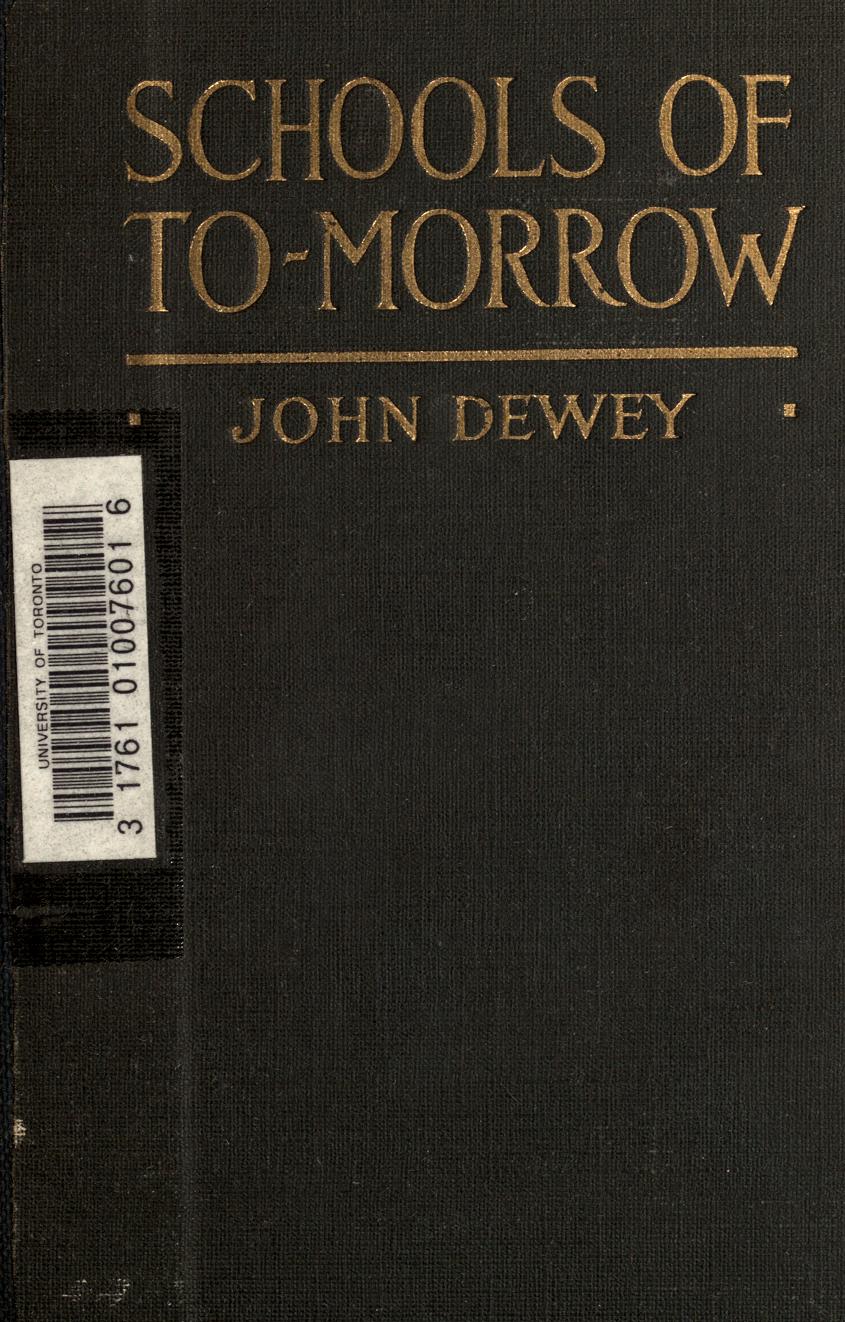
Schools of To-Morrow
References and Quotes
The 1916 analytical report leapfrogged New York City to examine the original schools as they functioned back in Gary, Indiana. Written by Abraham Flexner,2 it stated flatly that Gary schools were a total failure, "offering insubstantial programs and a general atmosphere which habituated students to inferior performance."3 Flexner’s analysis was a massive repudiation of John Dewey’s shallow Schools of Tomorrow hype for Gary.
While the prototype was being established and tested on children of the new industrial proletariat in Gary, the plan itself was merchandised from newsstand, pulpit, and lecture circuit, lauded in administrative circles, and soundly praised by first pedagogical couple John and Evelyn Dewey in their 1915 book, Schools of Tomorrow. The first inkling Gary might be a deliberate stepchild of the scientific management movement occurred in a February 1911 article by Wirt for The American School Board Journal, Scientific Management of School Plants. But a more thorough and forceful exposition of its provenance was presented in the Elementary School Teacher by John Franklin Bobbit1 in a 1912 piece titled Elimination of Waste in Education.